EDITORIAL: Recent events point to question – What are we becoming? Our generation and the underbelly of social media
Image ourtesy of www.trulia.com
Social Media – It is as much a part of the millennial generation as phones and television were to previous generations, but now problems are arising when the line between responsible and irresponsible is blurred.
March 30, 2015
In the year 1845, a young man by the name of Henry David Thoreau decided to embark on a two-year hiatus from society. He built himself a small shack on his friend’s property, next to Walden Pond, and spent his time contemplating the nuisances of society. As documented in what is perhaps the most famous of American non-fiction books — Walden — Thoreau reached the conclusion that society has turned too far away from nature in the pursuit of ever-expanding technology, effectively making “men the tools of their tools.”
Given the fallout surrounding the recent Dropbox incident involving students who attend North Penn, it seems Thoreau’s words carry no greater merit than in the present. As individual students, we have become but mere tools for our phones, cameras, Twitter feeds and Facebook pages to propagate.
What a dynamic shift in culture, in just a few short years. The middle school days of harmless “to be honest” posts every five minutes has been put firmly in the rear view, and instead replaced with an influx of promiscuous selfies, poignant outcries of turmoil, erratic statements of political superiority and the rare breakthrough of true artistic ability. The scariest part is how these posts multiply by the hour.
However, this weekend social media has been rife with reactions to the Dropbox incident, which broke on the local news on Friday. All at once, perhaps the darkest secret of the North Penn student body came crumbling down. Fingers have been pointed in all directions, with some angered students blaming the district’s administration for “the school’s silence about the dropbox” incident, as stated on the protesters Facebook page.
Perhaps some clarity would change the perspective of the “protesters.” None of what happened has been the district’s fault; they were not the ones distributing the pictures, and as soon as the news broke the following statement was posted to the North Penn website:
“This week, NPSD administration came to understand that there is considerable discussion among some high school students about allegations that students of our school community may have shared inappropriate pictures and videos via an online format. Please know that NPSD and local law enforcement officials are working together on this matter and take alleged activities such as these very seriously. Please know that investigations such as these often take time to thoroughly complete. It is very important that anyone with any knowledge, which would contribute to an investigation of such activity directly, contact his or her local police department. Also, please join us in reminding your student the importance of not becoming involved in the online sharing of inappropriate content.”
Outside of the statement, there is not much else NPSD can do in the immediacy; this is a criminal investigation, and is being handled as such by the Montgomery County District Attorney’s Office. Until the investigation is complete, the district’s job is to comply and aid in that investigation.
Other reactions on social media have included various forms of “the boys are in the wrong for spreading the pictures” and “the girls are just as culpable for sharing their lewd photos to begin with”. In reality, though, we all bear the blame for what has been cultivated. Our student culture treating racy photos/videos sent to those we date as “no big deal” enabled the behavior, and the students involved wafted the content through the student body. The sheer scope of the content reveals where we all failed.
When did the trading of lewd photos “like pokemon cards” become acceptable in our school, or in our society? For those that are unaware, any act of photographing, filming, or videotaping child pornography is a second degree felony in Pennsylvania. A conviction may result in a sentence of imprisonment for up to 10 years. Regardless of how discreet we believe we are, the risk of the photos leaking is always there and would be met with prosecution.
Perhaps the only thing more condemnable is the frequency with which these pictures were swapped amongst friend groups. For whatever reason, a moral gap exists between what we believe is appropriate and what we know is inappropriate. Diagnosing why that is, however, is as gray as the gap itself. A variety of factors contribute: lack of maturity on our mobile devices and social media, the freedom of communication that no previous student body possessed, a lapse of reason in a moment of passion, etc. The issue that the Dropbox incident presents transcends anything seen before, as it reflects a societal onion that gets progressively more gruesome as the layers are peeled back.
In a broader sense, a long look must be taken at what power is held in the pocket of almost every student at North Penn, and how these phones have gotten others in trouble lately. Last weekend, Joey Casselberry was kicked off the Bloomsburg baseball team for an inappropriate Twitter post. An innumerable pool of millennials have lost their jobs for careless posts on Facebook. Kim Kardashian “broke the internet” with pictures of her bare body, and what is even more disturbing is the young women trying to emulate her on social media outlets for the sake of attention.
There is more at stake than a student’s self-esteem when partaking in lewd photo sharing. Almost all large job sectors consider social media profiles in hires, and this can work either to a person’s benefit or detriment. If there is a racy photo of someone floating around on the internet, the picture is there permanently. If discovered, the chances of finding/keeping a job fall drastically. Colleges also take social media into account; many Offices of Admission check online for information on applicants at random. If something found is red flagged, it is held within the school’s right to revoke a scholarship, or an acceptance altogether.
All in all, an ugly phenomenon has reared its ugly head at the behest of our school. While what is done is done, what steps can be taken to prevent such atrocities in the future begins to take shape before us. Responsibility of self-brand must become a new topic of discussion between teachers and students, and kids and parents. The potential for personal conflagration is ever present in everything put on social media, but as long as due diligence is paid to each Facebook post, Twitter tweet, Instagram picture or otherwise, no harm should be inflicted.
The current generation has reached a crossroads; either we accept our actions as mistakes and move on, or continue the benighted trailblazing of being the tools of our tools.
Further information from the NPSD is available at this link: http://www.npenn.org/Page/19878



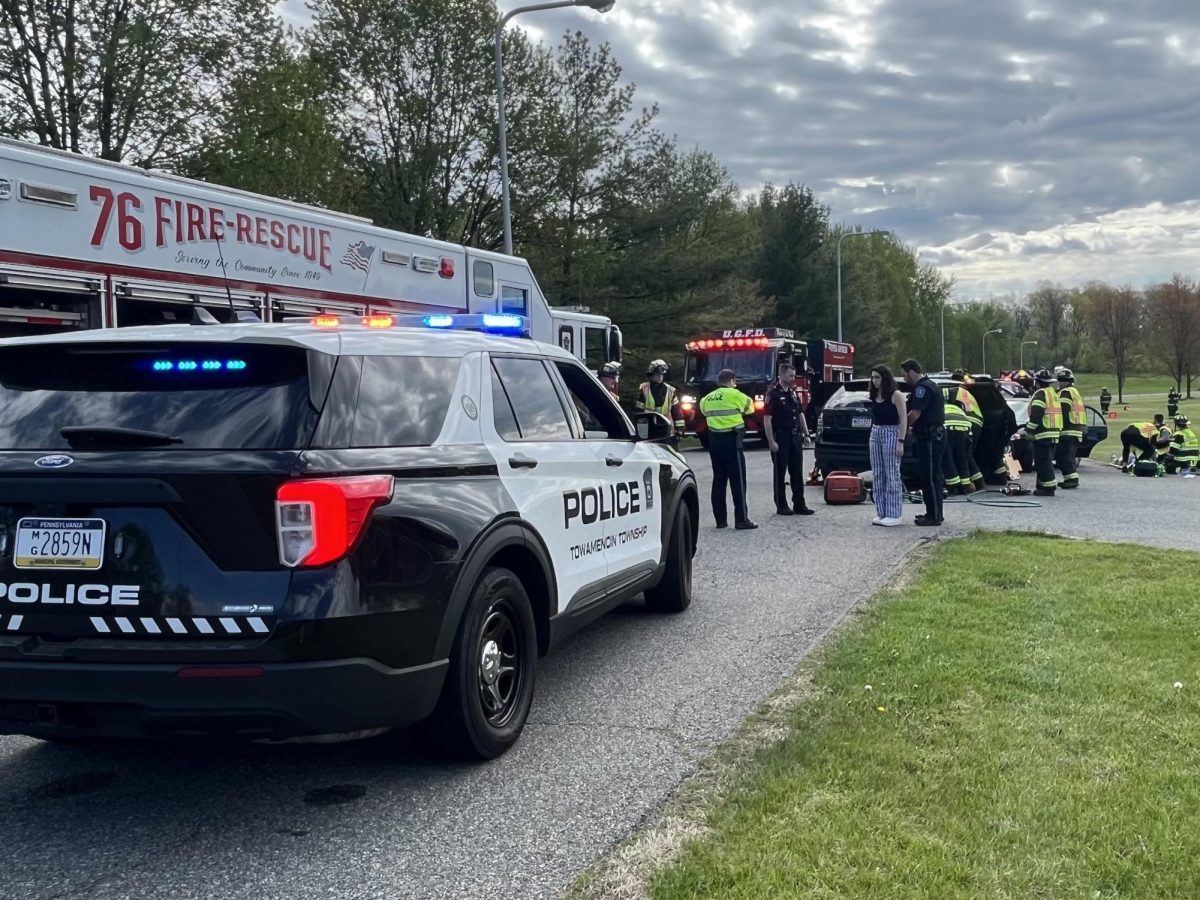

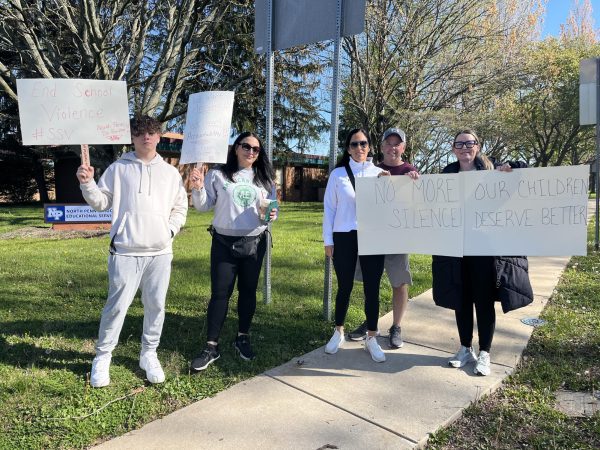


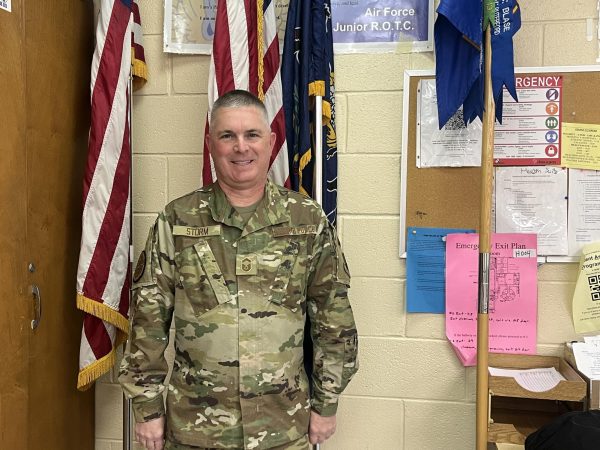



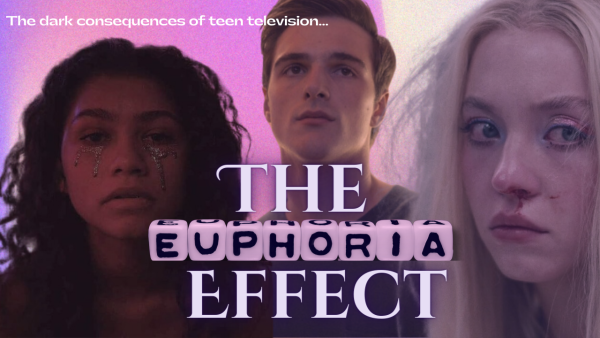
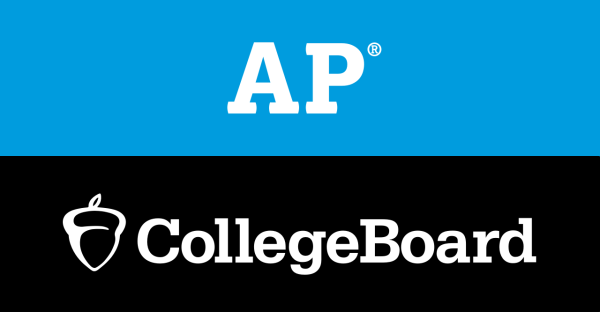



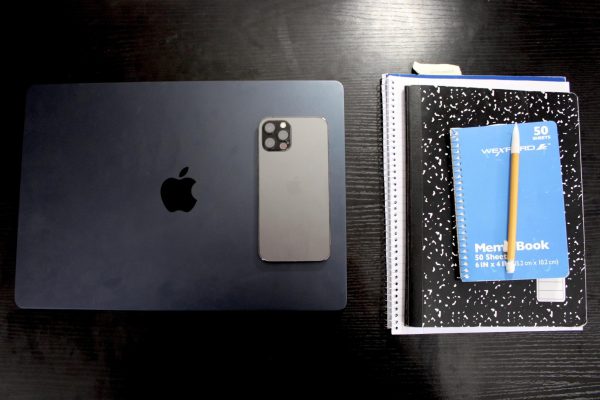
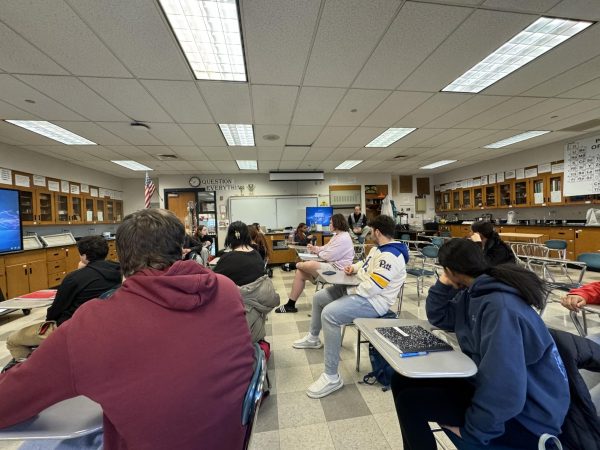
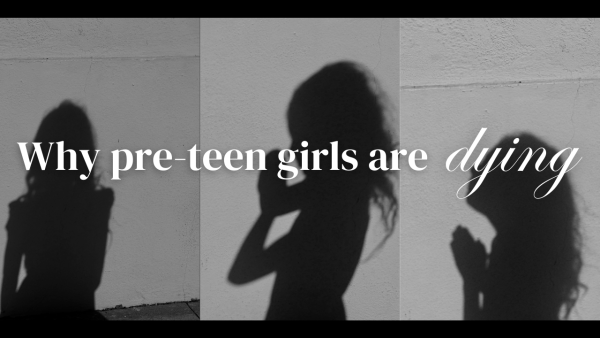

Amanda • Apr 1, 2015 at 3:11 pm
It’s not our generation’s fault. It’s the fault of a culture that teaches girls and women that being pretty and well-liked is more important than anything else from the time they can walk, and to commodify our sexuality as soon as we hit puberty. That makes it pretty easy for teenage boys to pressure insecure teenage girls into taking these photos and hitting “send.” The girls do not deserve blame for giving into this type of peer pressure. They’re faced with a society that tells them they HAVE to use their bodies in order to be liked. It’s insane that adults think these young women are culpable for falling to the same forces the adults are guilty of perpetuating.
“Oh, it just means he likes you!!” – every elementary school teacher when a girl complains about bullying from a male classmate. What you’re teaching them is that their bodily autonomy is not that important. How can you all claim to be surprised when they’re successfully pressured into taking nudes? You’ve been telling them since kindergarten that what makes them uncomfortable isn’t important.
This has more to do with institutionalized sexism than anything else. This is a world in which women are encouraged to try to “lock down” a man and shamed for promiscuity, while men are commended for their sexual exploits. Of course these boys shared the photos. Getting them is proof of their “masculinity” as our culture has toxically defined it.
Here’s where North Penn failed me: this high school makes no attempt to educate students on the theories of feminism, or to address institutionalized sexism. If young women had a better understanding of why they felt this pressure to such an extreme, maybe they would have an easier time standing up to it. It’s up to the administration to change the culture. It is not the fault of students for failing to change a larger culture they do not yet even understand.
Unnamed • Apr 1, 2015 at 7:58 pm
Amen to that. Summed up very well the true issues behind this incident.
adviser • Mar 31, 2015 at 8:30 am
Statement by Oscar Armas-Luy, current senior and school board candidate, about the North Penn Inappropriate Photo Scandal
While the recent allegations regarding the sharing of inappropriate pictures online have been deeply upsetting to North Penn students, families, and faculty, I urge community members to remember the stellar reputation that North Penn has achieved over the years. North Penn boasts some of the nation’s best students and educators who work day in and day out to ensure a safe and encouraging learning environment. I would like to commend district officials and building administrators for collaborating with local law enforcement in a solutions-focused approach to protect the well-being of our current and future students and to deal appropriately with those responsible. I am confident that under their guidance our community as a whole will be able to move forward and prevent similar events in the future, continuing our tradition of excellence.
Oscar Armas-Luy
[email protected]
Brianna • Mar 31, 2015 at 7:26 am
Your statements about Thoreau’s idea of us being tools of our tools and social media is spot on- excellent connection.
“The scariest part is how these posts multiply by the hour.” Amen. You make a lot of well-thought out points, and this one resonates particularly well with with me. What we choose to post online can go off life a bomb, spreading like radiation until it reaches every person who uses, or might not even use, that particular social medium. It’s interesting to note that what led me to this article was a screenshot of your sister’s Facebook post, sent to me by imessage after I’ve not been on Facebook since the 18th of February. As you said, there is great power we hold in our pockets: the power to disseminate information, photos, vitriol, or praise all at a moment’s notice by just hitting send.
Bill Travers • Mar 30, 2015 at 1:09 pm
Well thought out and well written. We are in a ‘different’ world where you can’t take back what you have placed on Social media. Young people do not intend to make mistakes in judgment but older adults are doing the same thing every day…why would we expect perfection from our young people if we are not consistently modeling appropriate behavior.
North Penn HS must follow the law when ‘situations’ arise and we are bound by confidentiality and due process. This is a serious situation that must proceed through legal channels. What we can due is to assist our students in making choices that will benefit them and not potentially destroy them. Not an easy task.
Elen McKee • Mar 30, 2015 at 9:31 am
Amen. Thoreau speaks to us with much urgency and relevance. Take a moment to breathe before you press send/publish/tweet. The lightning speed with which our posts spread and the unforeseen impact they generate are staggering. Take a page from Thoreau: “simplicity, simplicity, simplicity.” Perhaps today it should be “delete, delete, delete.”
Excellent article, Scott!